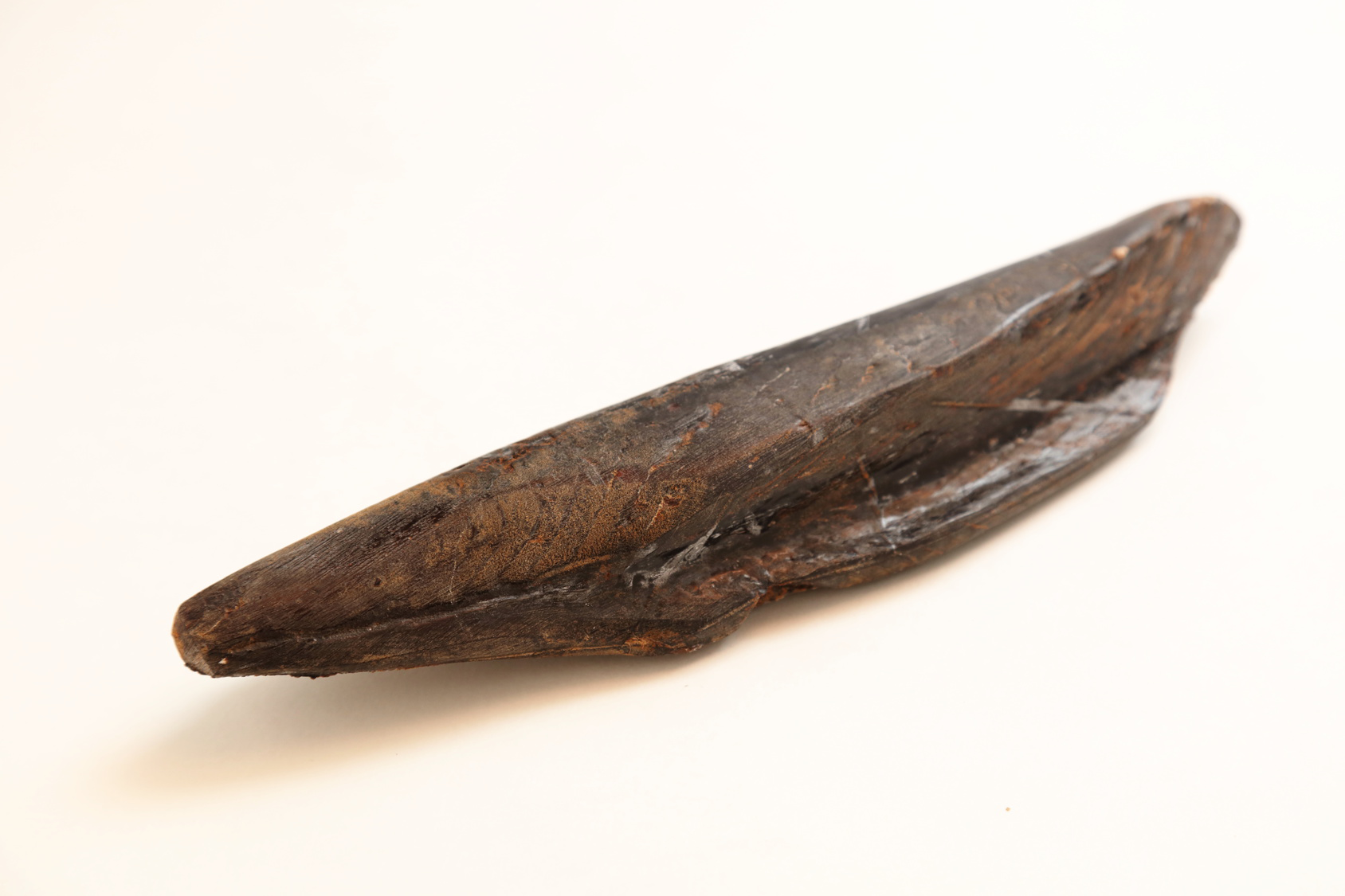There are roughly two types of katsuobushi.
Types of Katsuobushi
Arabushi
This type of katsuobushi is fermented with mold, and is less dry compared to karebushi. It has a distinct smoky scent. Its flavor retains a fish-like smell, yet it is light in body. When preparing dashi, karebushi and honkarebushi are favored in the Kanto area, while arabushi (Hanakatsuo) is common in the Kansai area.
Honkarebushi
Mold is applied on the surface of the Arabushi. Then it is dried in the sun and the mold is removed. This process is repeated 5 to 6 times. The mold on the surface causes the arabushi to become fermented, resulting in umami-enhanced, flavorful katsuo-bushi. Its stock is elegant and mild.
Different types of katsuobushi shavings
Different shavings have different flavors and are used to create different dishes. Let’s explore! The most common forms of katsuobushi found in supermarkets are:
Thick flakes
Although thick flakes need to be cooked longer and therefore lose the fresh aroma that thin flakes have, it creates a “strong” and distinct dashi with a rich, full-bodied flavor. This makes it perfect for buckwheat noodle sauce mixed with “kaeshi” (a seasoning made of soy sauce, mirin, sugar and sake).
Thin flakes
Thinly shaved katsuobushi easily releases its aroma and umami, and cooks quickly to produce dashi. It is a good idea to use thin flakes shortly after shavings are made (or the bag is opened) as they tend to lose their aroma quickly.
Shreds
Perfect for toppings (e.g. okonomiyaki).
Powder
Unlike thick or thin flakes, powdered katsuobushi can stay in dashi. Just combine powdered katsuobushi, miso, hot water, and add your favorite ingredients – Voila! You have a quick and easy miso soup right in front of you!




